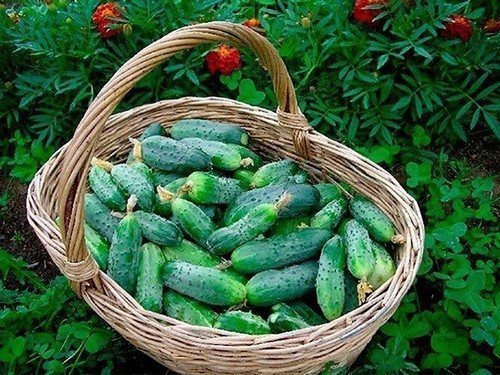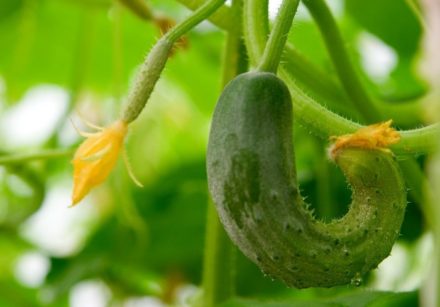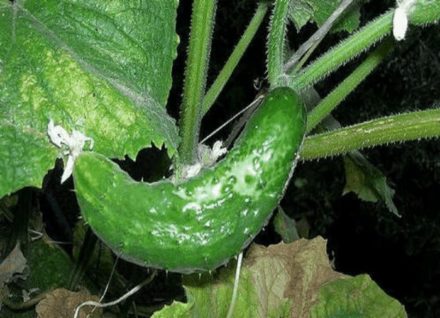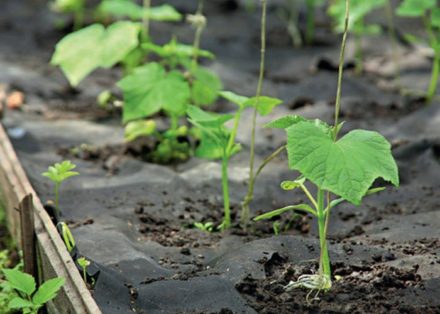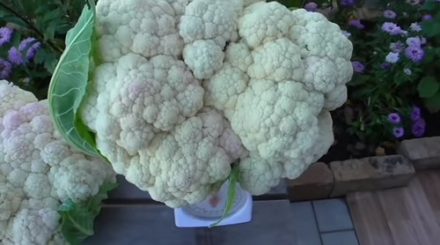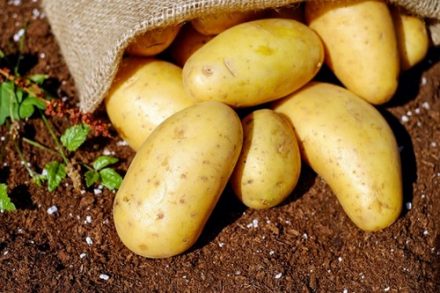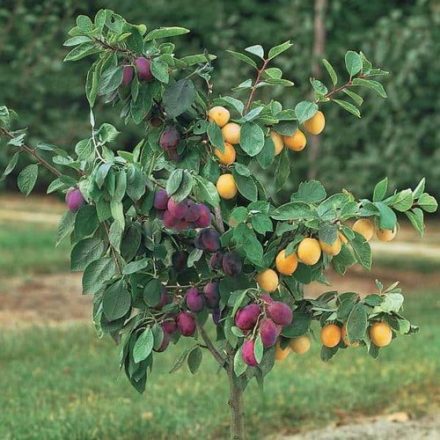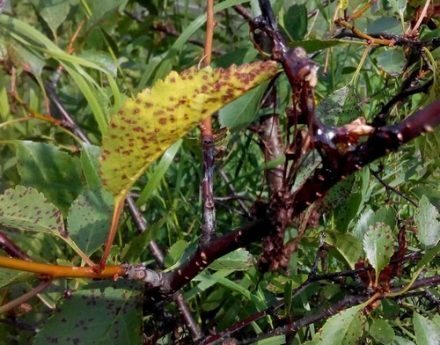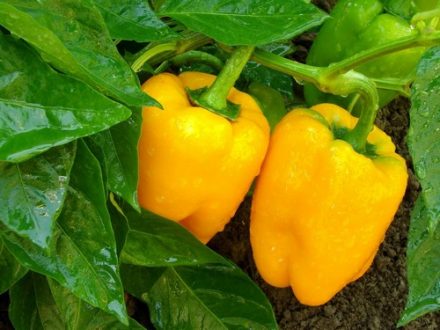The quality of a vegetable is determined by its appearance. Good cucumbers should be of the correct shape and even color. But sometimes gardeners are faced with the problem of distorted fruits. To avoid this and get a good harvest, you need to know the reasons for the deformation of vegetables and how to eliminate them.
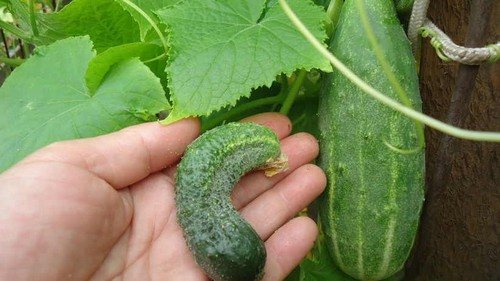
Poor nutrition
One of the main reasons for curvature of fruits is a lack of nutrients in the soil. Most often, improper formation of cucumbers is associated with a deficiency of:
- Potassium. By the middle of the season, changes in air temperature and cool nights slow down the absorption of the microelement, the reserves of which by this time have significantly decreased. Potassium imbalance leads to changes in the shape and color of the fruit: vegetables turn yellow and narrow near the stalk, acquiring a barrel-shaped shape reminiscent of a pear. This is preceded by the appearance of a light edge or necrotic spots on the leaves, and the leaf blades curling down.
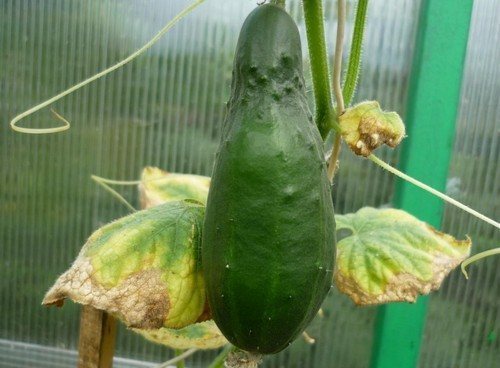
- Nitrogen. With nitrogen starvation, green fruits become lighter, and their shape expands significantly in the area of the stalk, narrowing towards the flower. The plant itself is stunted, the foliage decreases in size and becomes lighter.

- Several microelements. With a complex lack of nutrients, cucumbers take on unusual, bizarre shapes, similar to dumbbells or huge insects.
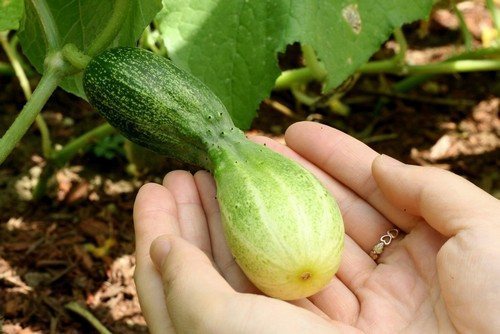
To solve the problem, it is enough just to fill the missing element by feeding the crop.
Treating the soil with a solution of potassium salt will help replenish potassium reserves. To do this, salt (25–30 g) is dissolved in water (10 l), left for 4 days and 0.5 l of solution is added to each bush. Sprinkling the soil with potassium sulfate at the rate of 40–60 g per 1 square meter helps a lot. m.
Another way to normalize the potassium balance is to water the beds with an ash solution. To do this, powder (0.5 l) is dissolved in water (10 l). 1 liter of mixture is poured under each bush.
If the cause of deformation of cucumbers is nitrogen starvation, foliar fertilizing of the crop with urea is carried out. To do this, the substance (5 g) is diluted with water (1 l) and the bushes are sprayed. On the 6th day after treatment, the soil under the bushes is sprinkled with ammonium nitrate in a ratio of 30 g per 1 sq. m. m.
Organic fertilizers are also suitable for saturating the soil with nitrogen:
- mullein solution;
- a mixture of chicken manure, peat, sawdust, straw, diluted with water (50/50), aged for 2–3 days;
- herbal infusion prepared from crushed stems and leaves of nettle, infused for 10–14 days.
Before treatment, any of the solutions should be diluted with water in a ratio of 1:10. The main thing is not to overdo it. Otherwise, an excess of nitrogen will lead to shedding of the ovaries.
In case of a complex lack of microelements, use nitroammophoska, diluting 25 g of the substance in 1 liter of water. The resulting mixture is treated with the plant. If re-treatment is necessary, the procedure is carried out after a week.
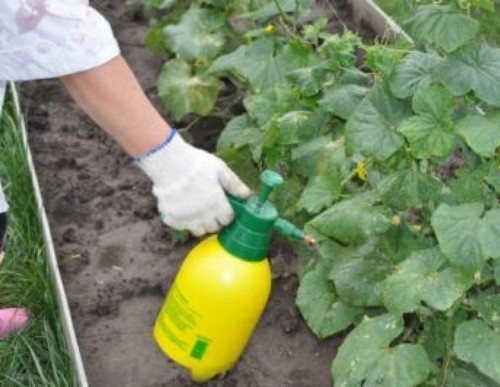
Violation of agrotechnical rules
A change in the natural shape of cucumbers can occur due to non-compliance with the rules of agricultural technology, starting with planting seedlings.
This culture loves light.Therefore, for planting seedlings, choose a sunny area, not shaded by trees and buildings. Planting seedling bushes too densely also prevents them from receiving the required amount of sunlight. This inhibits the process of photosynthesis and leads to distortion of vegetables.
When planting greens, you should consider:
- Features of planted varieties. Some gardeners make a mistake when choosing seed varieties, not paying attention to the type of pollination of the crop. As a result, bee-pollinated varieties may appear next to parthenocarpic (self-pollinating) varieties. This leads to the crossing of species and the formation of defective specimens.
- Possibility of pollination by insects. Sometimes bee-pollinated varieties are planted in the greenhouse. But the lack of insects indoors and the lack of proper pollination leads to the appearance of hooked vegetables. Insufficient pollination is also indicated by the color of the fruit: dark near the stalk and lighter closer to the flower.
- Crop rotation. Planting a crop in the same place for several years in a row leads to the accumulation of specific substances (colins) in the soil. An excess of these elements negatively affects the formation of fruits.
Carefully studying the instructions before planting seeds will help avoid many problems.
If the proximity of different species is noticed too late, a non-woven covering material used to isolate the varieties will help correct the situation.
Artificial pollination prevents the appearance of cucumbers of irregular shape. To attract insects, the bushes are sprayed with honey water (1 tablespoon per 1 liter of water) and the windows are opened.
If such measures are late, use boric acid.To do this, 3 g of the substance is dissolved in 1 liter of water and the plants are treated with the resulting solution. But next season it is advisable to sow seeds of hybrids or parthenocarpic varieties.
Crop rotation is one of the important rules when growing any crops. But it is not enough just to change the place where the plant is planted. You need to know which crops can be used to form cucumber beds.
The best predecessors for cucumbers:
- tomatoes;
- cabbage;
- potato;
- peas;
- beet;
- corn.
Cucumbers can be planted in a pumpkin patch after 4 years. It is good to sow cucumber seeds near beans, lupines, and raspberries. These crops saturate the soil with nitrogen.
For small sown areas, green manure is sown before planting cucumber seedlings to increase soil fertility.
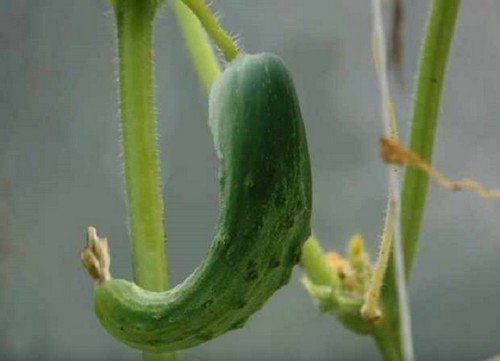
Improper care
One of the main factors that provoke the curvature of greens is improper care.
Cucumbers love moisture. Its deficiency leads to deformation and changes in the taste of the fruit. The skin of cucumbers becomes hard and bitter. Removing the skin does not prevent the remaining pulp from becoming bitter. Therefore, you need to water the bushes regularly.
The intensity of irrigation during the growing season varies:
- at the stage of fruit set - once every 2-3 days;
- from mid-August – once every 10–14 days.
If it is not possible to moisten the soil in a timely manner, it is recommended to use a drip irrigation system.
In hot, dry weather, mulching the soil can help. Mowed lawn grass covering the soil under cucumber bushes helps reduce the amount of watering by retaining moisture and at the same time fertilizing the beds.
But even with timely watering, using cold water can lead to undesirable consequences. Full ripening and normal formation of fruits is possible only when using water at a temperature of 25-28 degrees for irrigation.
If the shape of cucumbers becomes like an “hourglass” (narrow in the center and thick at the ends), the reason lies in the alternation of low and high temperatures. Plants cultivated in open ground are especially susceptible to this, when the high daytime temperature drops sharply at night. In such cases, covering the beds with non-woven material (agrofibre, film, spunbond) helps.
It is much easier to deal with temperature changes in a greenhouse. It is enough just to turn on the heater at night or close the room early in the evening and open it later in the morning.
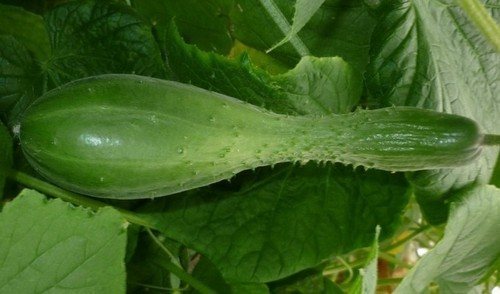
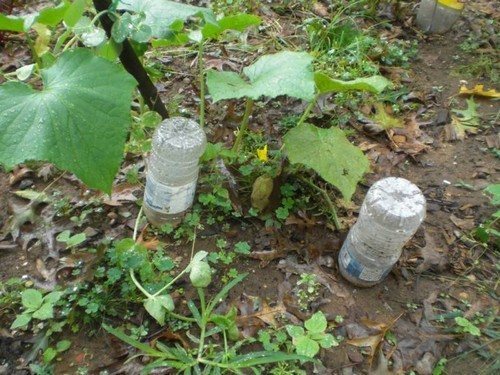
Harvest delay
Cucumbers grow very quickly, so you need to remove the fruits from the beds every 2-3 days. Otherwise, the greens become overripe and the distribution of nutrients becomes difficult. Young cucumbers begin to experience a deficiency of microelements and become deformed.
If it is not possible to frequently visit the site, then at the next visit it is recommended to remove all fruits that have reached 4 cm. At the same time, old, dried canes and infected vegetables are removed.
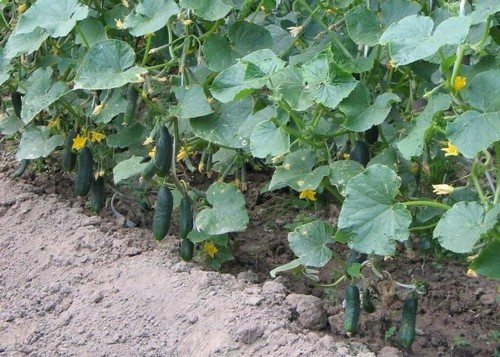
Features of the variety
Curvature of the fruit is not always a defect. An unusual shape is characteristic of some varieties of cucumbers, for example, Chinese.
Sometimes cucumbers change shape due to varietal characteristics. Early species that love light and warmth, but are planted too late, cannot adapt to temperature changes and decreased daylight hours.This causes the appearance of hook-shaped fruits.
When purchasing seeds, you should familiarize yourself with the characteristics of the crop so that there are no surprises when harvesting.
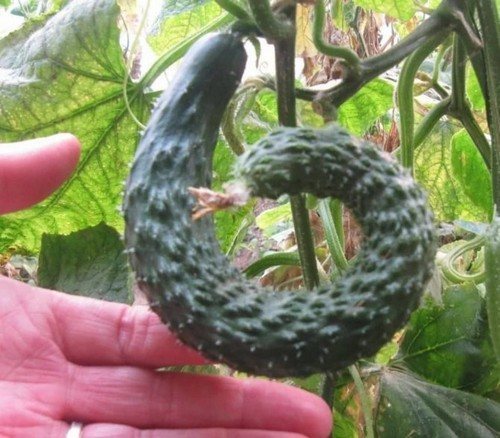
Properly selected seeds, compliance with agrotechnical rules, and proper care of cucumber beds will prevent the appearance of crooked fruits and will delight you with a rich, high-quality harvest.
